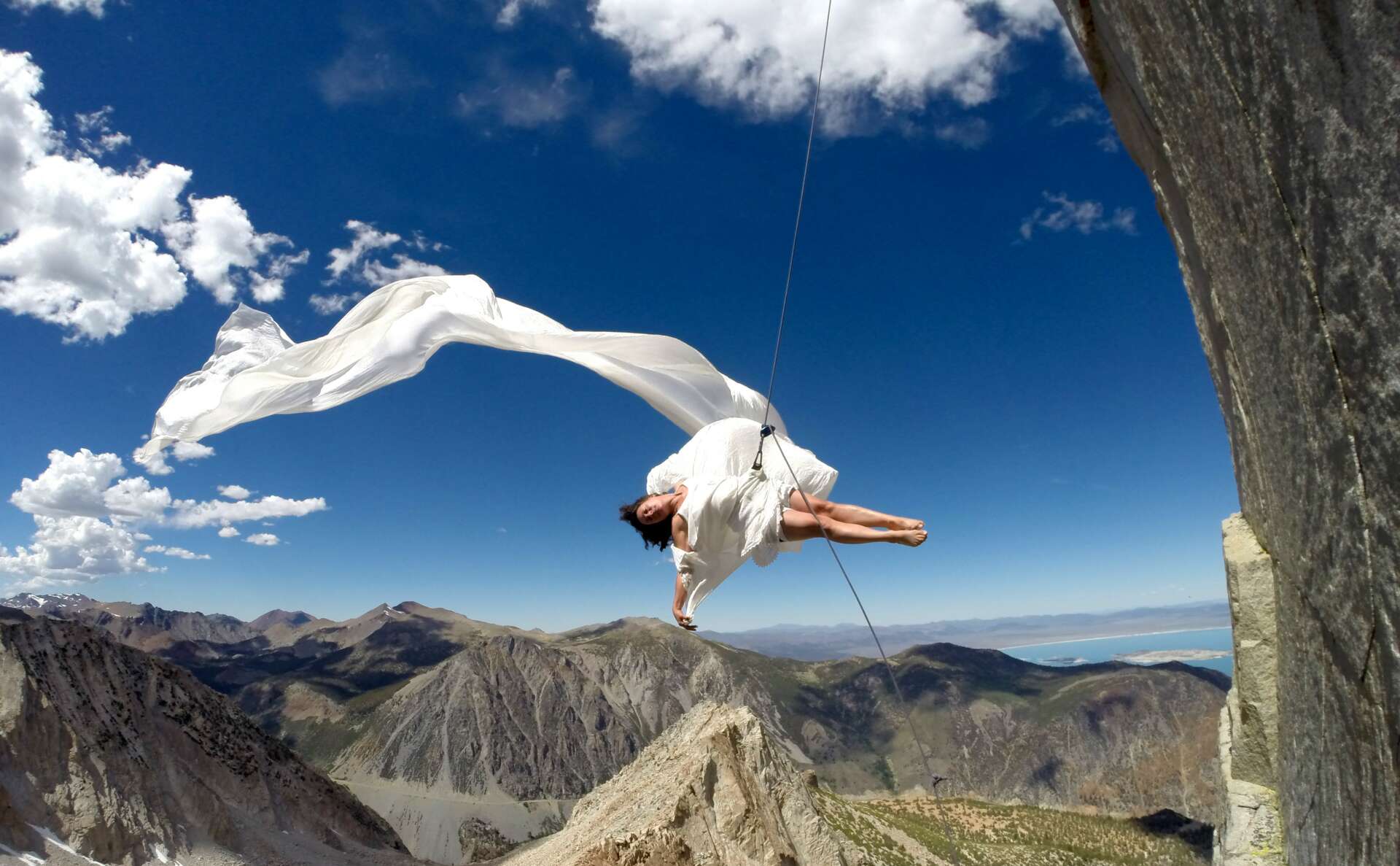We were lucky to catch up with Amelia Rudolph recently and have shared our conversation below.
Hi Amelia, thanks for joining us today. Can you take us back in time to the first dollar you earned as a creative – how did it happen? What’s the story?
The first dollar I made from being a dancer and choreographer felt like mana from heaven. I couldn’t believe it. I wrote for and received a grant to make my first site-specific project using Vertical Dance. Writing the grant made me articulate what I wanted to do, plan out the details, figure out the budget, select my collaborators and argue for why it mattered. Doing the work to successfully write that grant was a big learning process and taught me the level of rigor required to make dreams a reality.
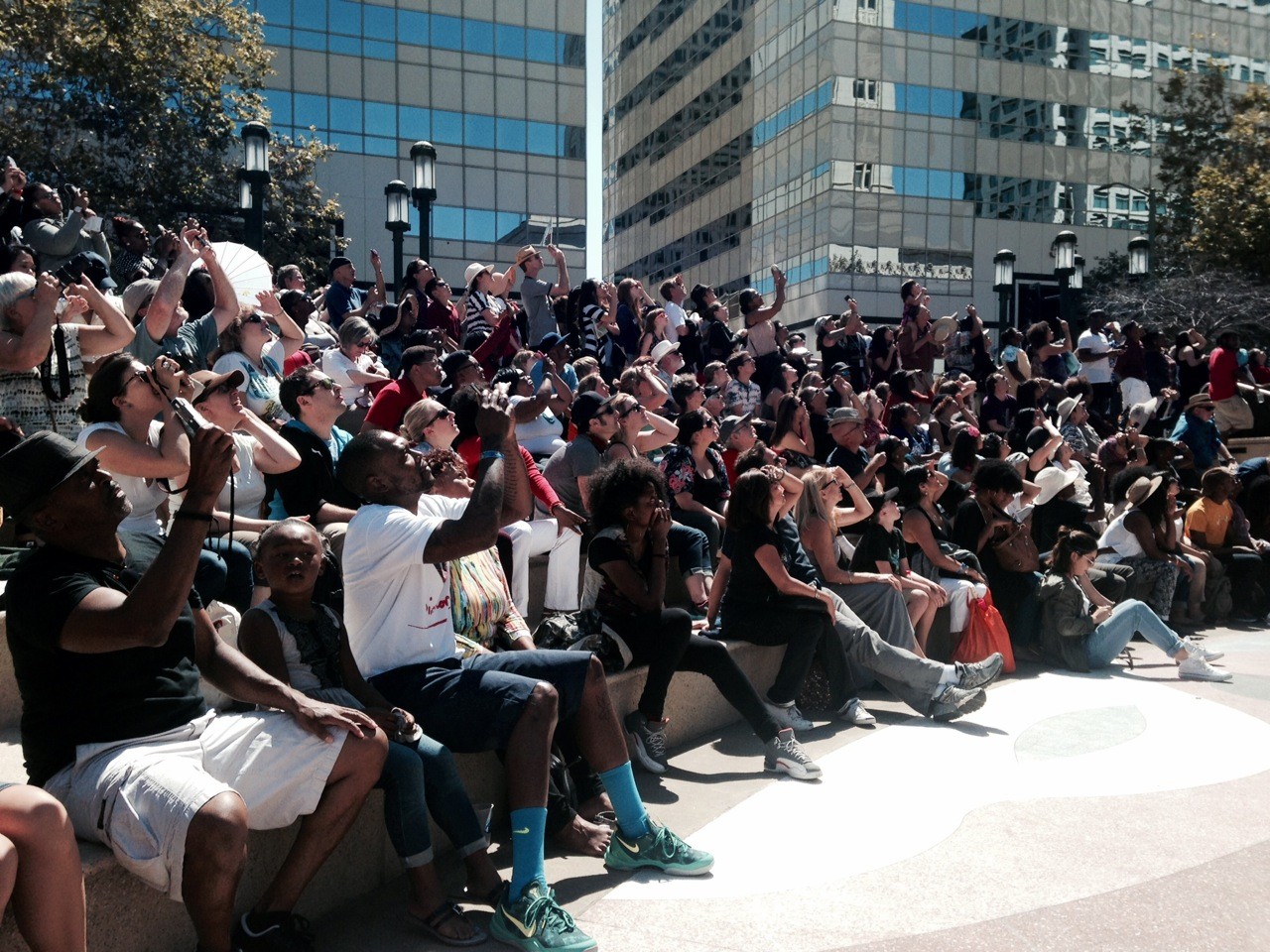
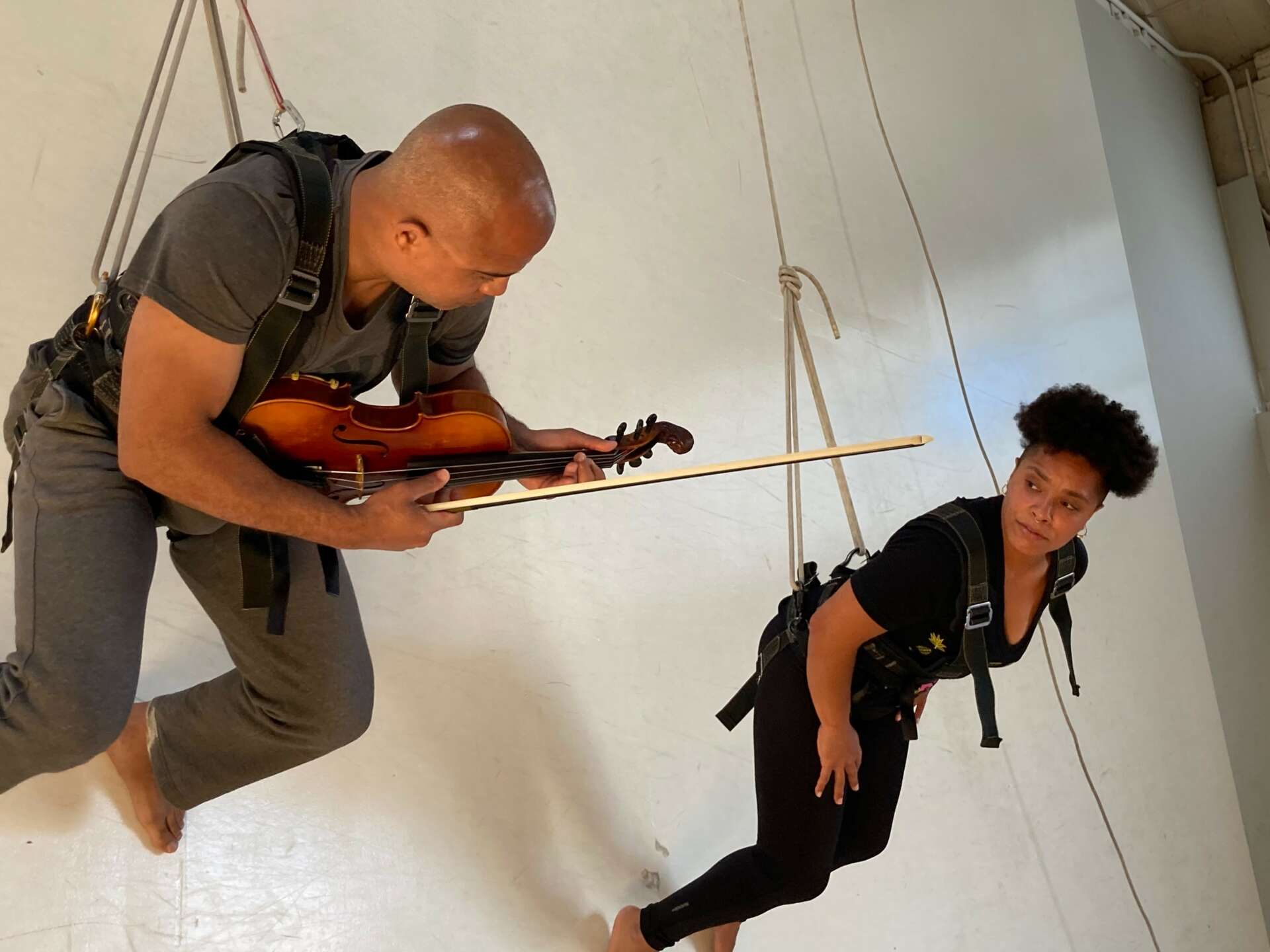
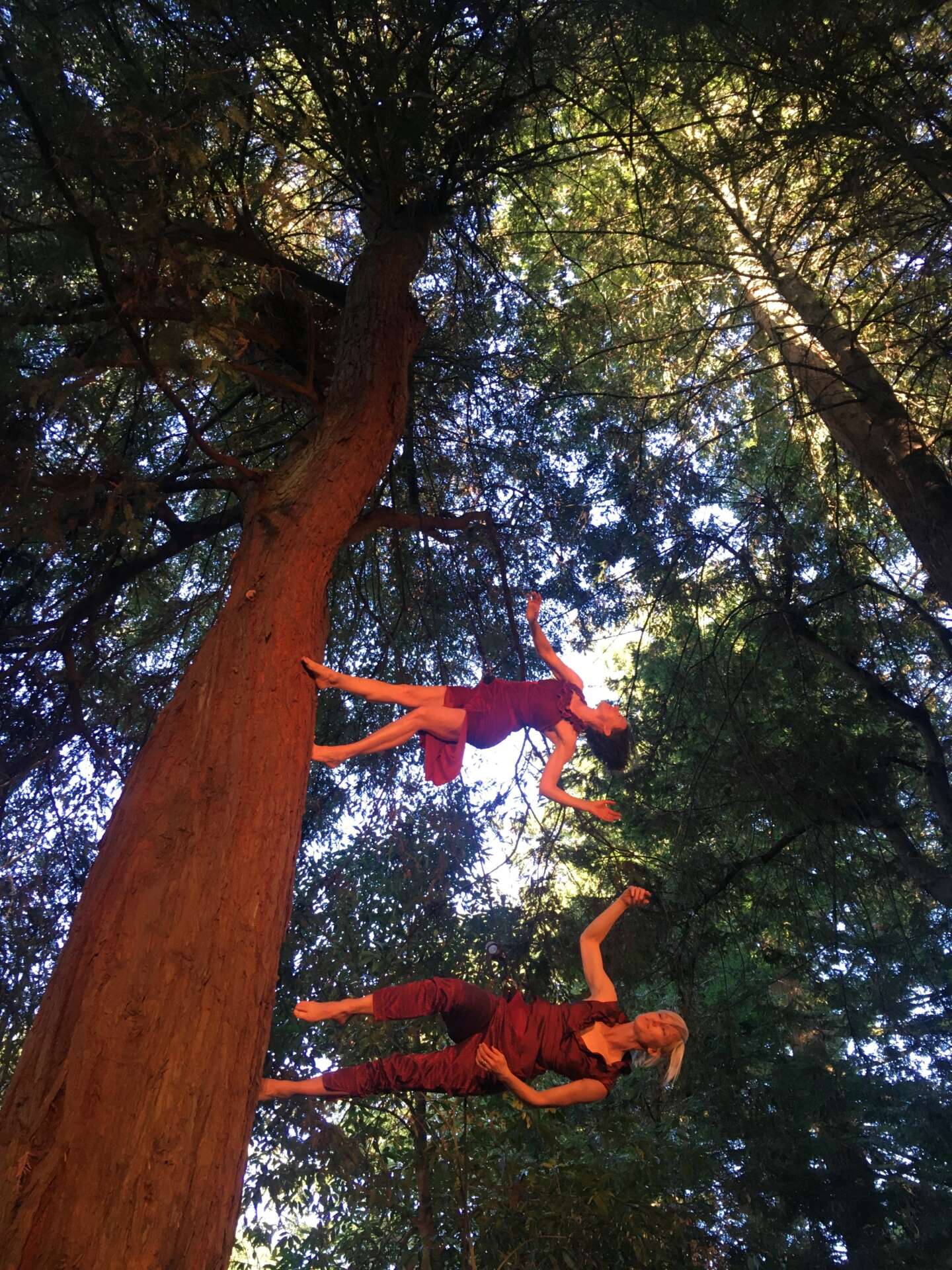
Amelia, love having you share your insights with us. Before we ask you more questions, maybe you can take a moment to introduce yourself to our readers who might have missed our earlier conversations?
I grew up in Chicago, the daughter of two academics who studied India, so as a child, we split our time between the Midwest and Northern India. This cross-cultural experience shaped me in many ways including helping me to ask questions about how we make meaning in our life. I began to study dance at five years old, competed in gymnastics, and hiked in the Green Mountains of Vermont and the Himalayan n mountains of Northern India. These influences led me to find rock climbing and mountaineering in the Sierra when I moved to Northern California for graduate school. One day, high in the backcountry of the Sierra, as I clung to a knife-edge ridge looking out at a vista of sky, granite, and conifers, I wondered what dance would be like in that environment. Could you perform on a cliff? Who would see it? At the same time back in Northern California, indoor climbing gyms were taking hold for the first time. My first vertical dance show was in a climbing gym called CityRock founded by climber and entrepreneur Peter Mayfield, and included a dozen performers including several world-class climbers, live music, and theatrical lighting. The performance sold out, the audience was thrilled, and we were favorably reviewed, leading me to believe that this hybrid of climbing and dance touched people’s imagination in a way that inspired and moved them. It was worth pursuing and became a career that has led BANDALOOP, the organization I founded in 1991, to become an internationally touring dance company with a thriving studio in West Oakland, CA.
We all need a sense of hope, connection, and belonging and my work, in igniting a sense of wonder and possibility in audiences and students alike gives them that elusive sense of awe so many of us crave. Vertical Dance, which is what we call this art form, is the art of using rock climbing technology to transform dance into something that reimagines what a stage is and what dance can be. Sometimes the sage is a skyscraper, a tower, a bridge, or a parking garage. Sometimes it is the space above the audience in a theater or a mall’s atrium. The work asks how spaces can be activated through movement in imaginative ways that help audiences see their everyday spaces, and sometimes themselves, with new eyes.
The thing I am most proud of is the overall arc of building an organization over thirty years that now supports dozens of artists, arts administrators, and students, continues to ignite audiences’ imaginations worldwide, and leads a growing field of Vertical Dance that did not exist when I began the artistic journey. Climbing El Capitan in Yosemite over six days and five nights to make the piece “Peregrine Dreams” is also high on the list of things I am proud of.
Several years ago, I handed the artistic reigns of the company to the dancer, Melecio Estrella, with whom I have worked for over twenty years. I have ventured into a new chapter of my career where I am finding novel ways to activate as an artist, teacher, and speaker. My new brand, Amelia Rudolph Movement Artist seeks to connect people, bring joy through creativity and play, and rigorously work to achieve communal, individual, and artistic goals. With my new brand, I am particularly focused on dance and the environment through local and international projects. You can read about some of them on Ameliarudolph.com and follow me on social as loopmama.
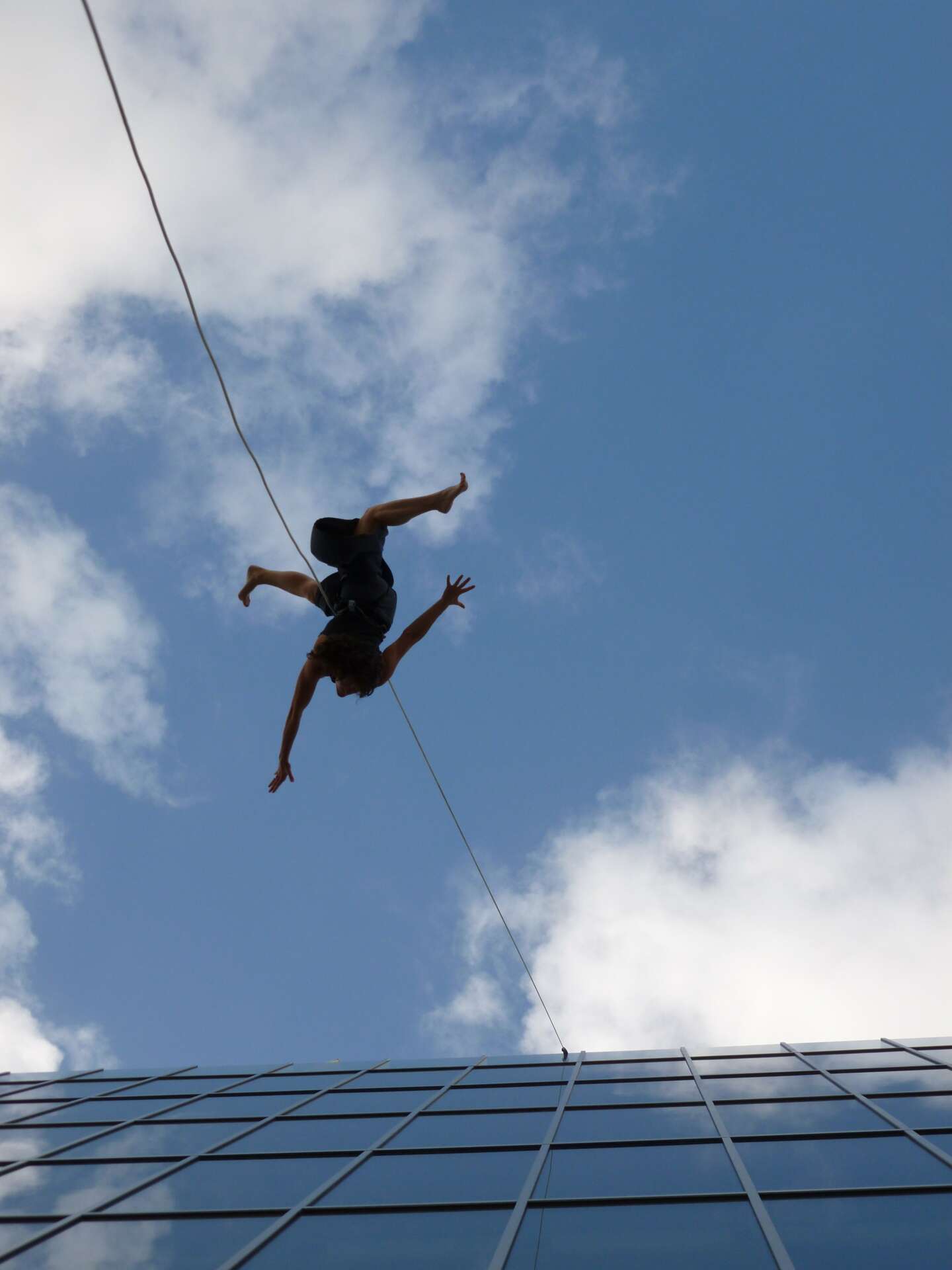

What’s the most rewarding aspect of being a creative in your experience?
The most rewarding part of being a creative artist is the moments when you genuinely touch someone with your work. While I am so lucky to have many stories, here are two that stand out. We were performing at a festival in Detroit, Michigan on a modestly tall building which has the advantage that the audience can more easily see and connect with the performers who are closer to the audience than they would be if they were on a 300-foot skyscraper. After the performance, during what we call a “meet and greet” where we gather at the base of the wall to talk to the audience, a five-year-old girl approached me. Her eyes were as big as saucers and she pushed past her shyness, holding her mom’s hand to greet me. Her mom encouraged her, “Tell her what you told me, honey.” The tiny girl somewhat breathlessly said, ” I did not know you could be THAT and I want to be that when I grow up.” I asked what “that” was to which she replied. ” A sky dancer.” The second story took place when we were doing a big project in the Sierra, crossing the mountain range as a performance creating site-specific work along the way over 18 days. In the middle of the journey, the media outlet 20/20 came to cover the project and while their coverage of it was postponed for ten months that year because of 9/11, it aired in the spring of 2002. A year after that story aired, I received an email from a woman who told me the work she saw on 20/20 of Project Bandaloop (what we were called then) saved her life. She was distraught, depressed, at wit’s end, and planning to kill herself the night she saw us dancing a thousand feet up on a cliff to celebrate the human spirit and a sense of possibility. She told me that seeing our joy, our grace, and our courage made something in her shift profoundly. She had since turned things around for herself and was doing much better and had written to let me know and to thank me. The story did not end there. Two or three years after that, she wrote me again to say that her daughter also suffered from depression and that because she wanted to help her daughter and to pass forward the inspiration she had felt watching us dance on a cliff, she had started a non-profit whose mission it was to offer resources to young people suffering from depression.
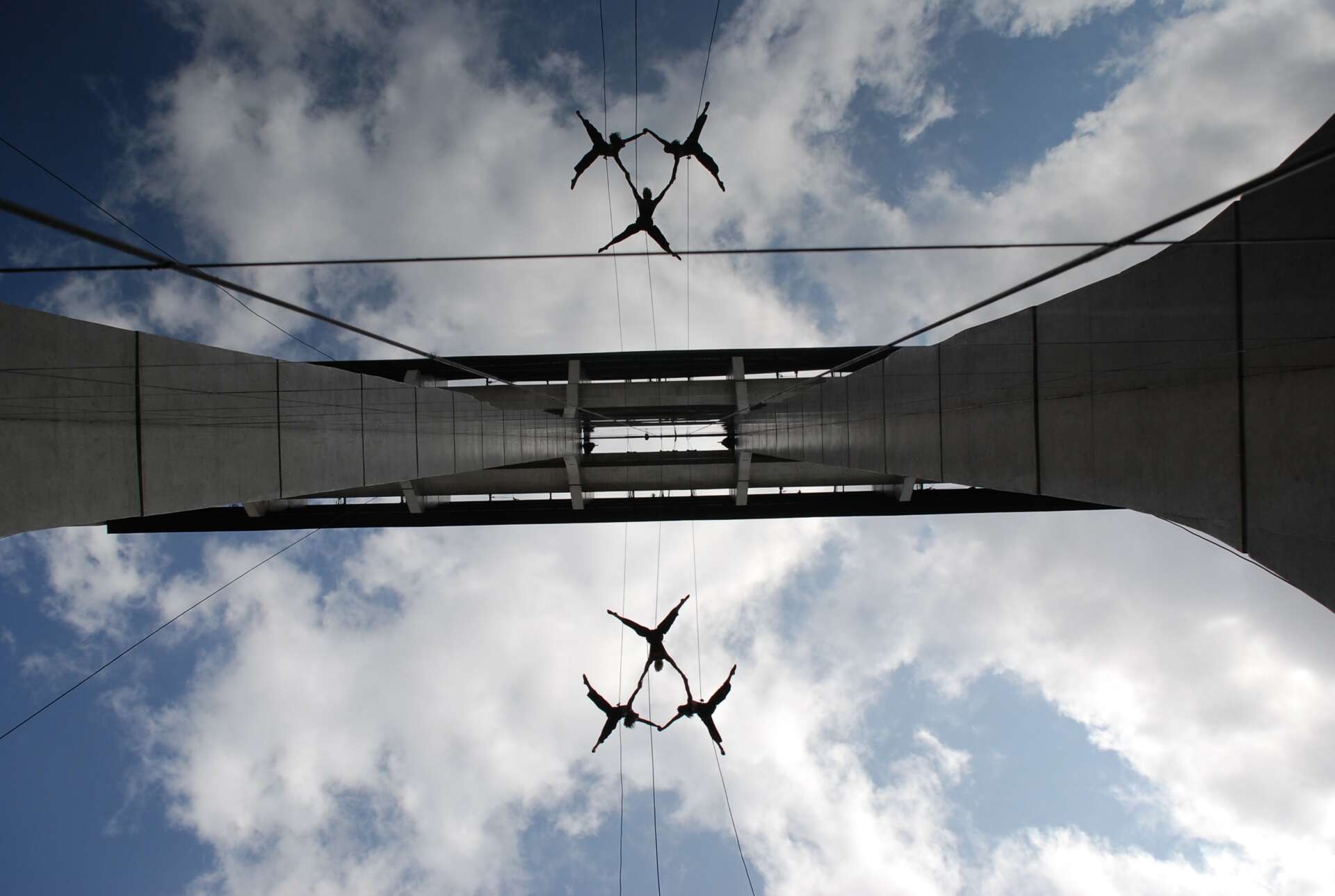
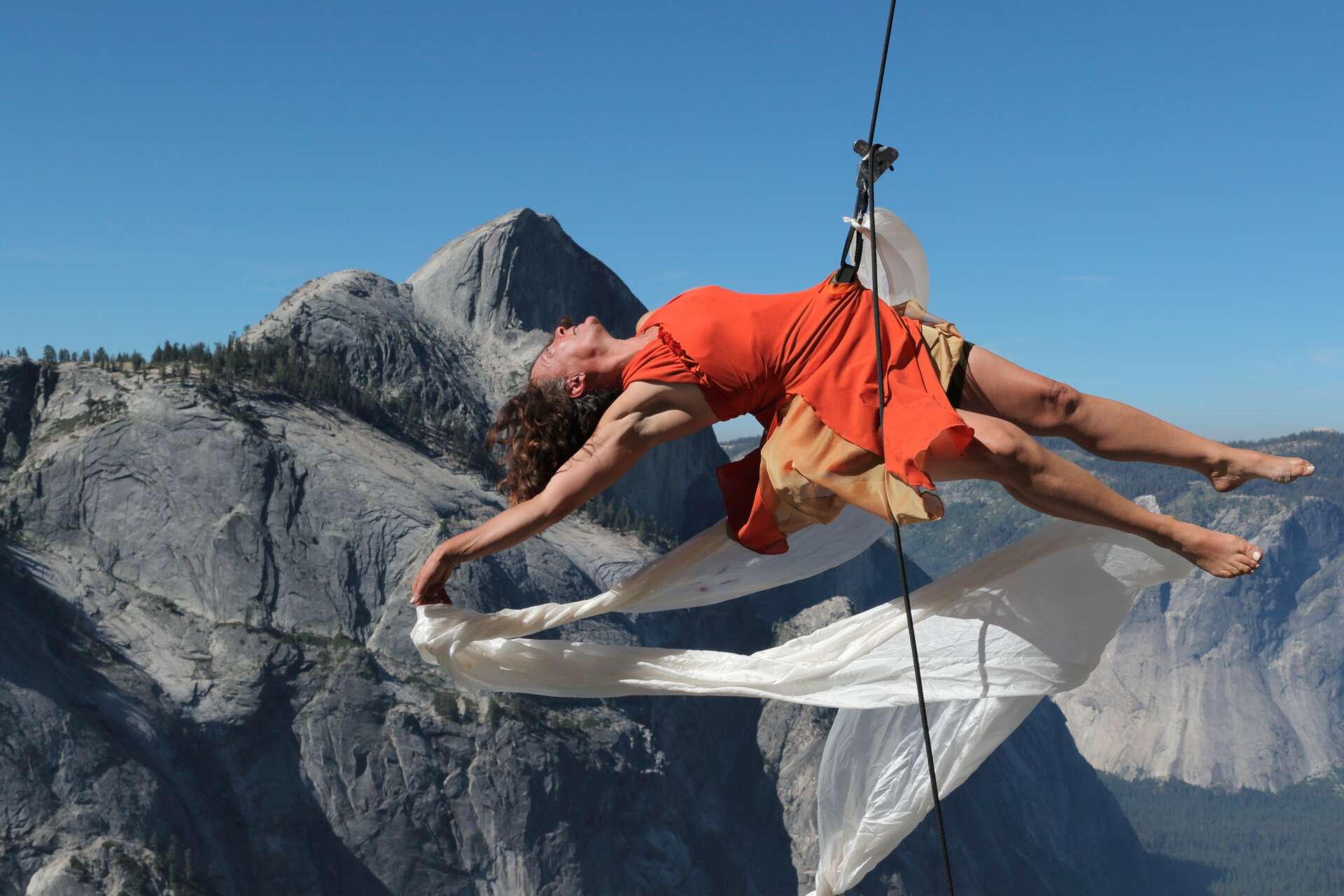
Is there mission driving your creative journey?
I hope to connect people in ways that we see our common humanity, our potential, and our strength. I want to celebrate the power and vulnerability of natural spaces and resources, especially related to climate resiliency.
Contact Info:
- Website: Ameliarudolph.com and Bandaloop.org
- Instagram: loopmama and bandalooping
- Linkedin: Amelia Rudolph
Image Credits
Photographers: Branden Mayfield, Derrick Linsday, James Adamson, Amelia Rudolph, Atossa Soltani Performers (other than me) Daniel Roumain, Chibueze Crouch, Courtney Moreno, Jessica Swanson.


